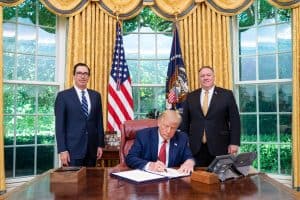

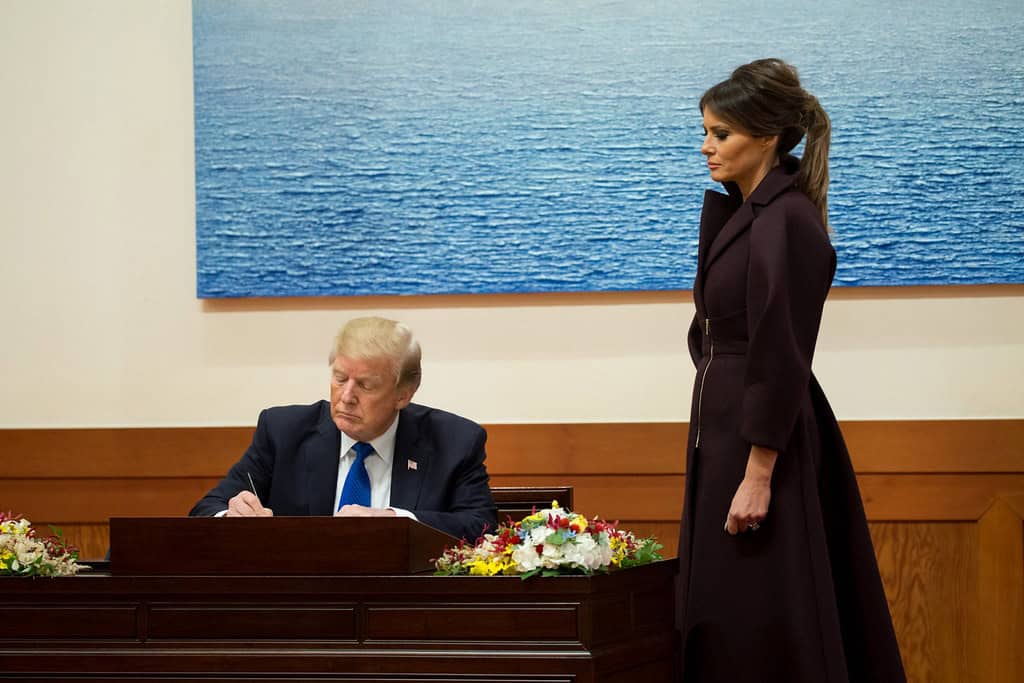

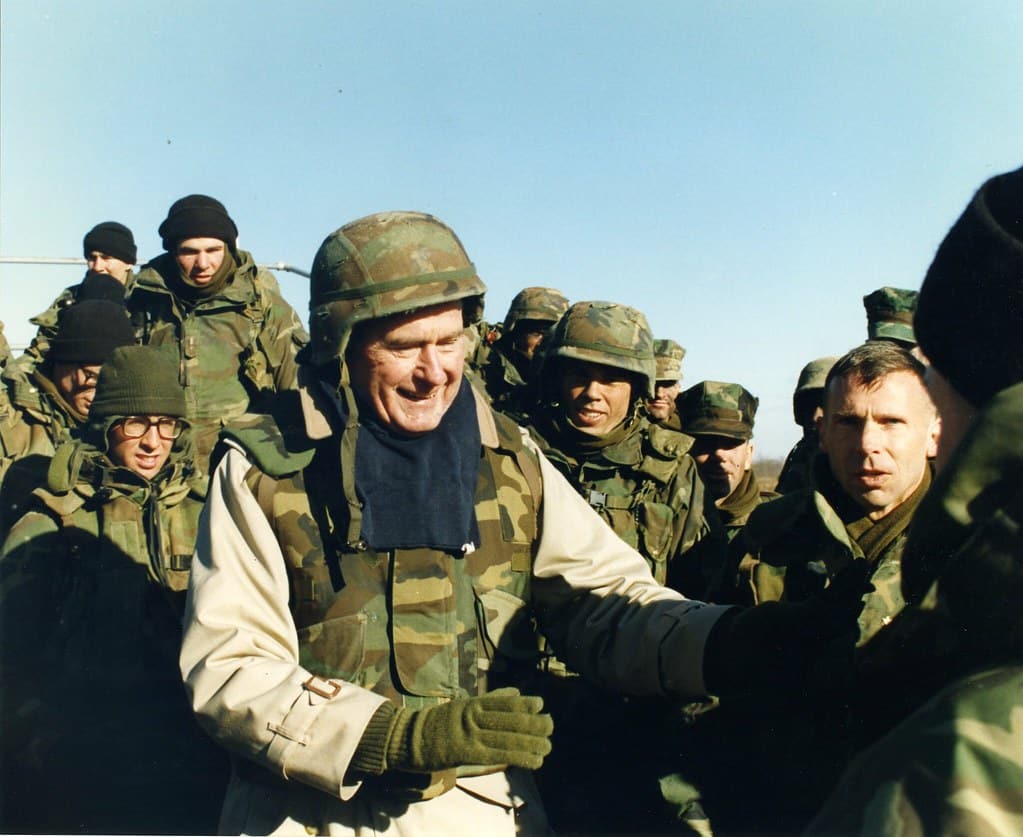
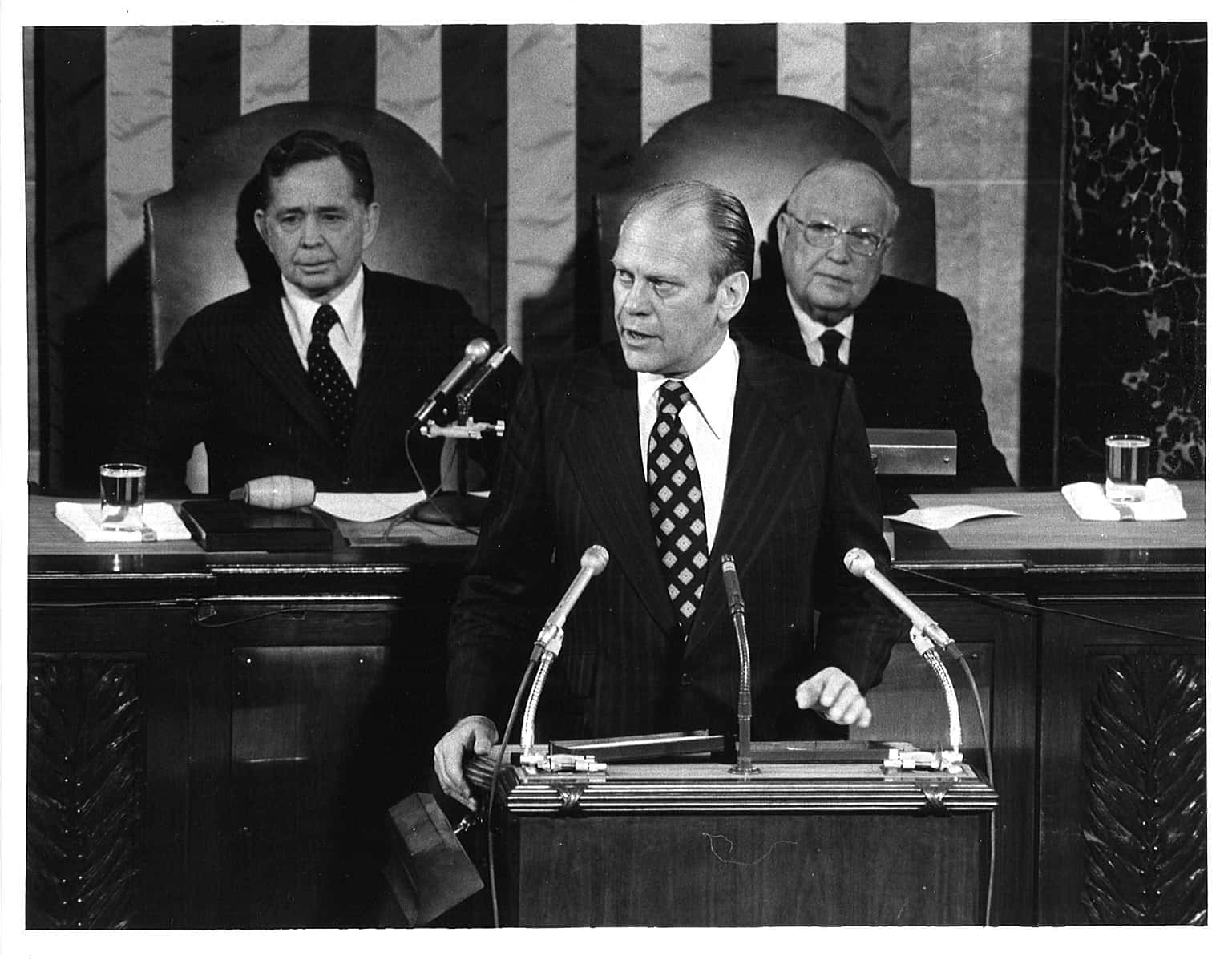
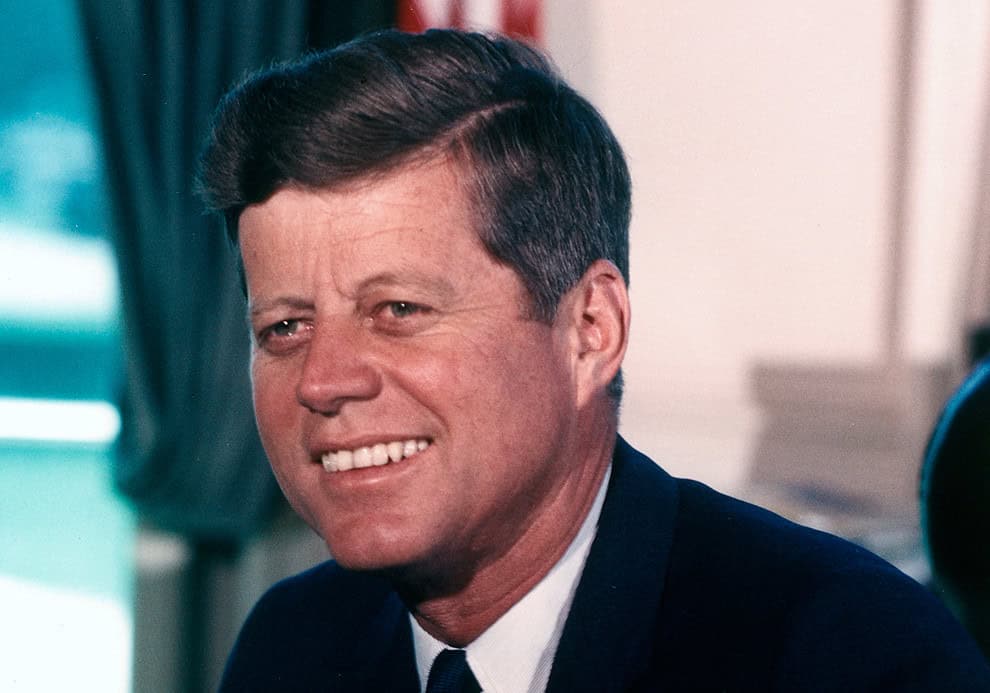
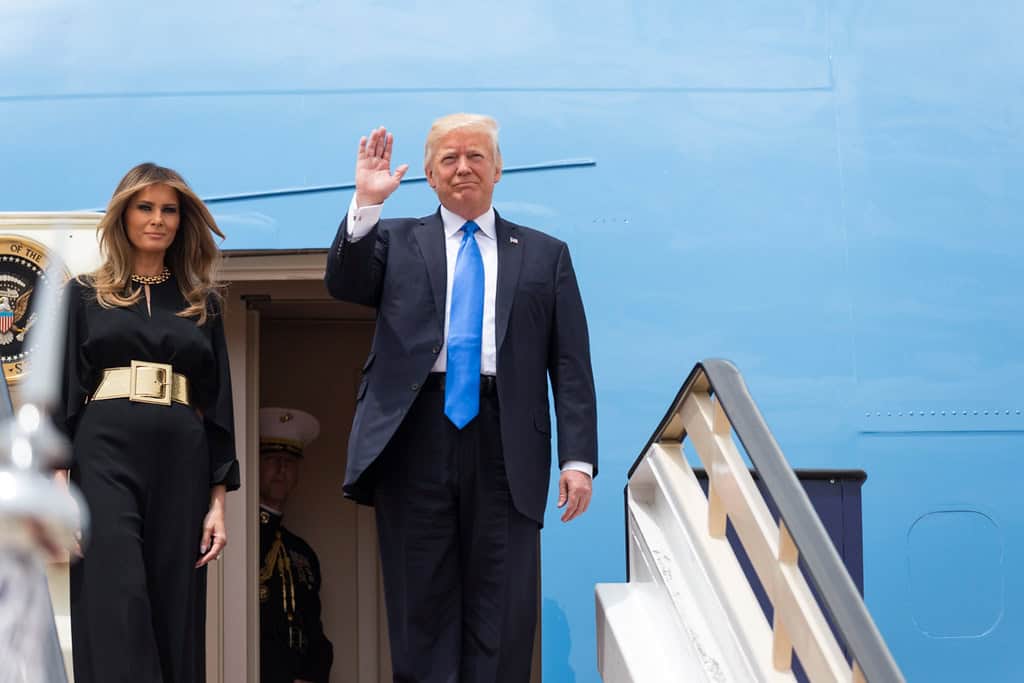
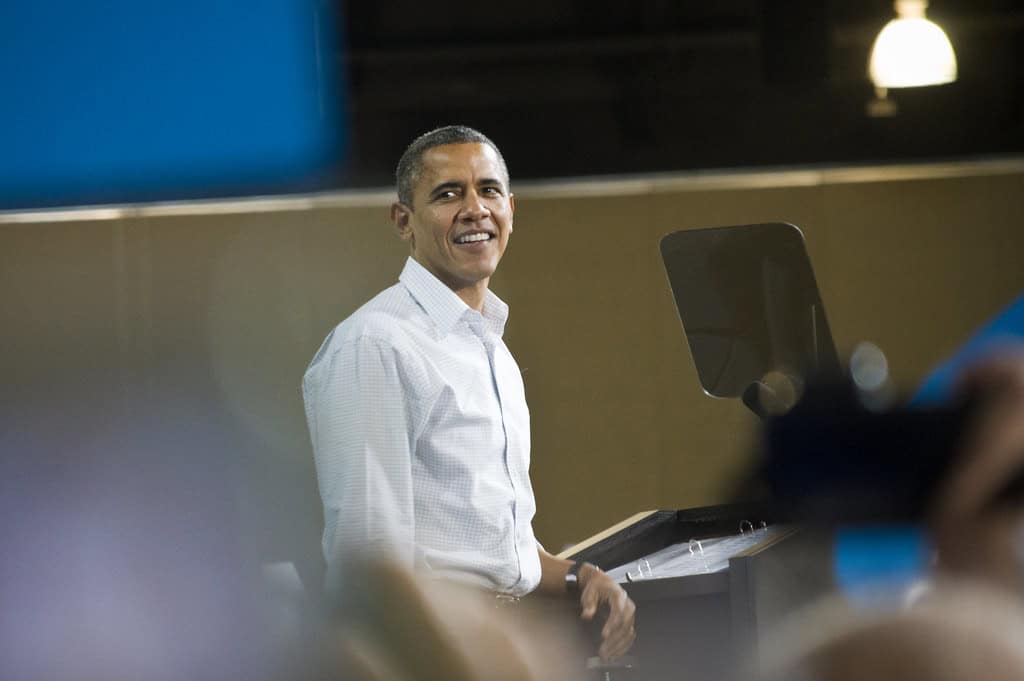

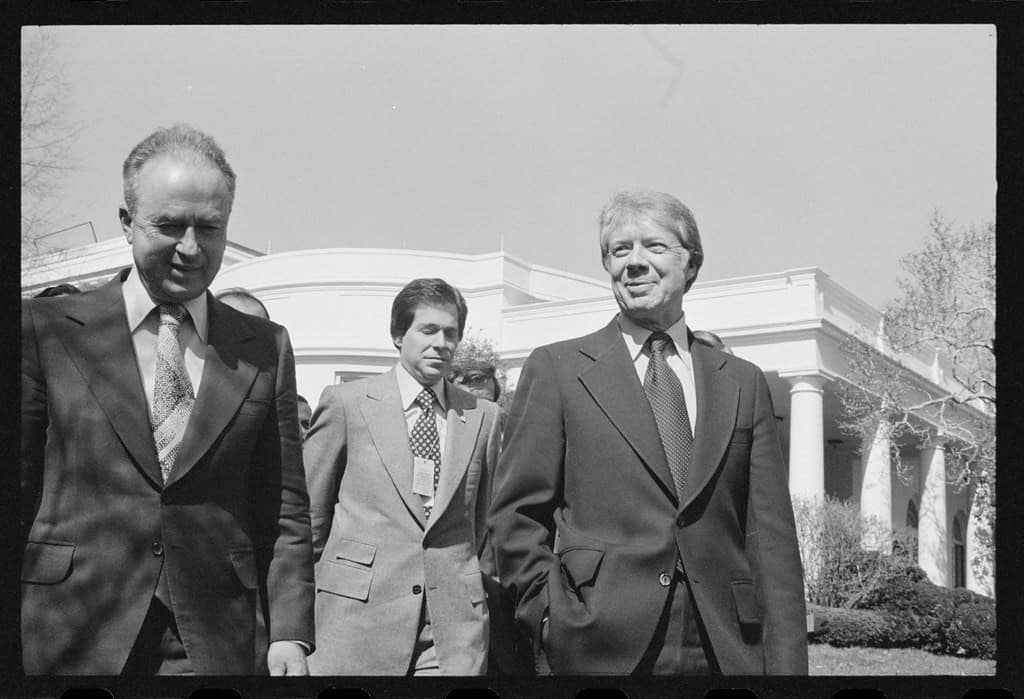

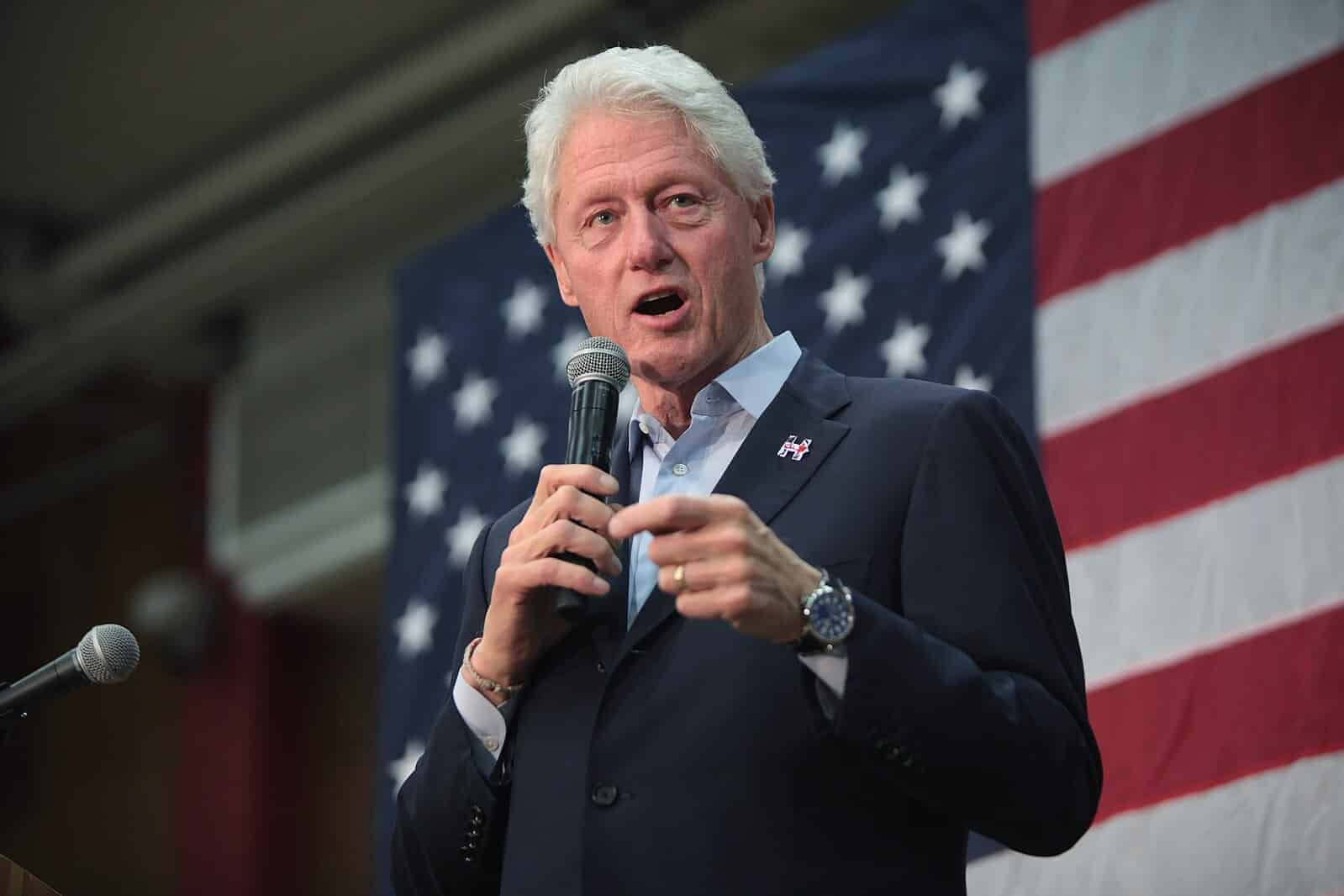

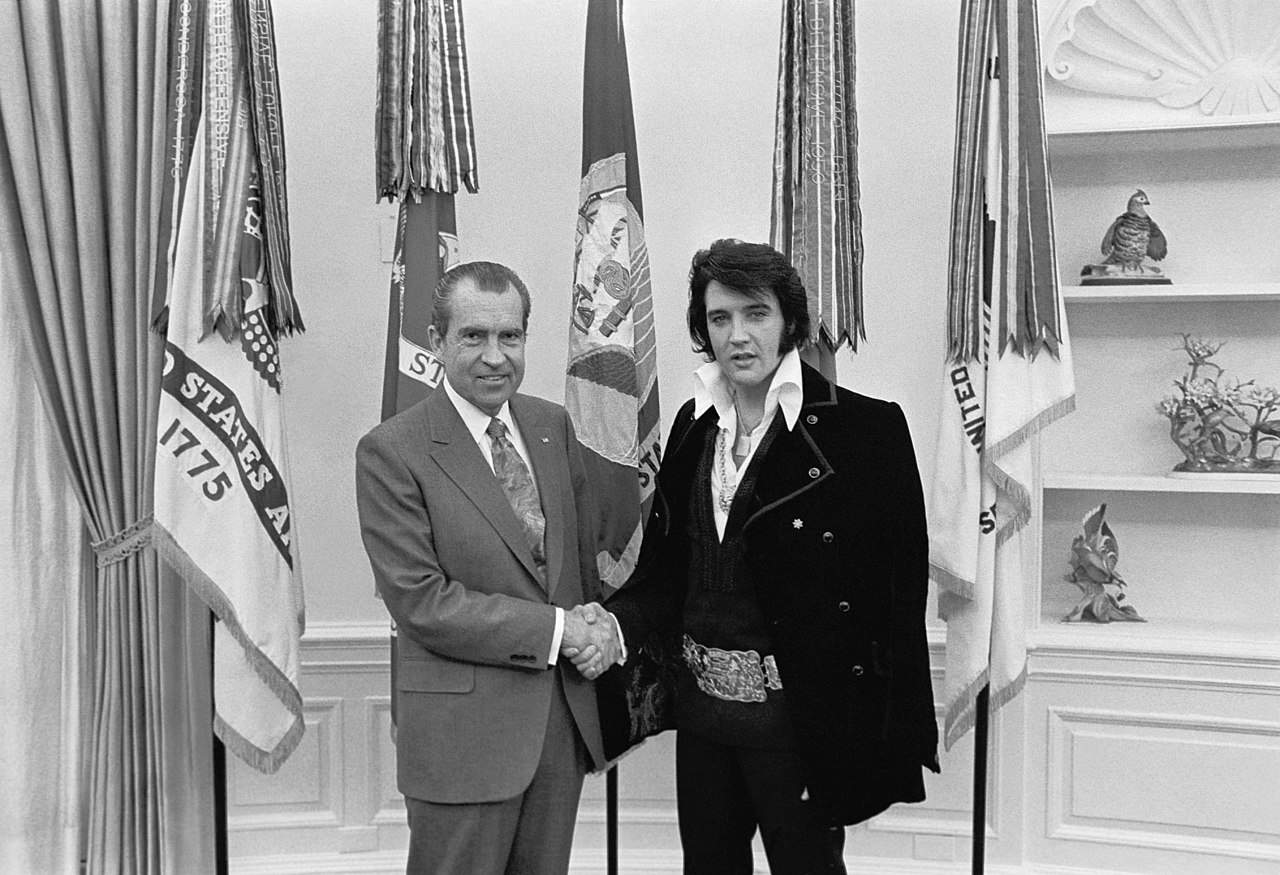
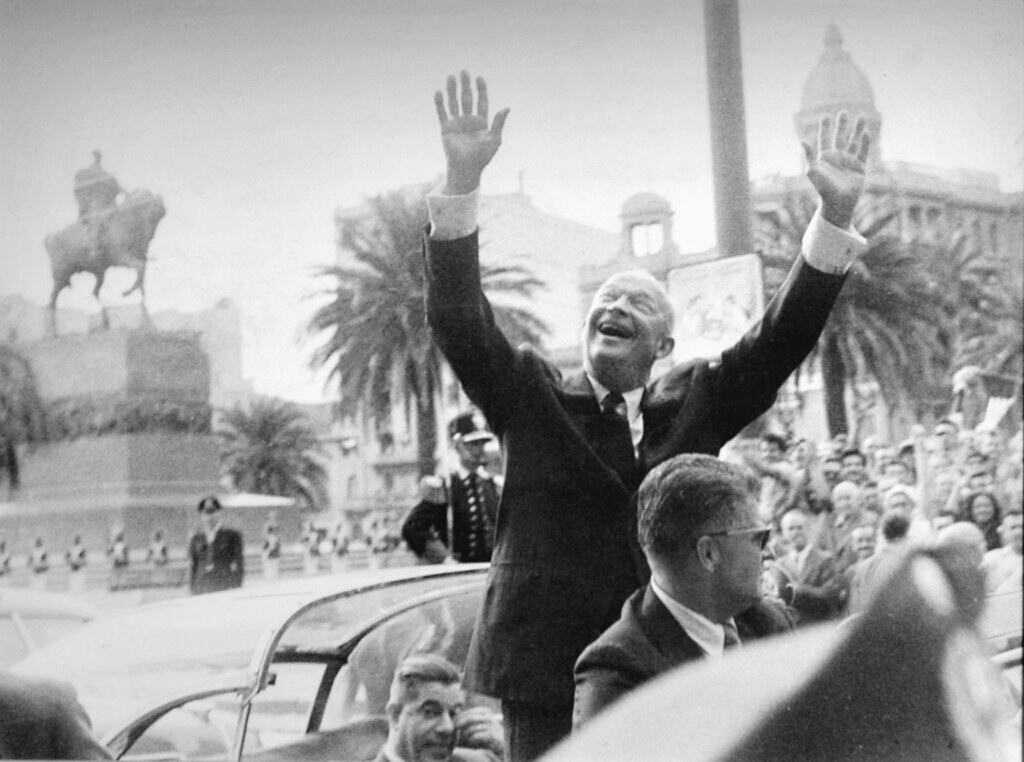
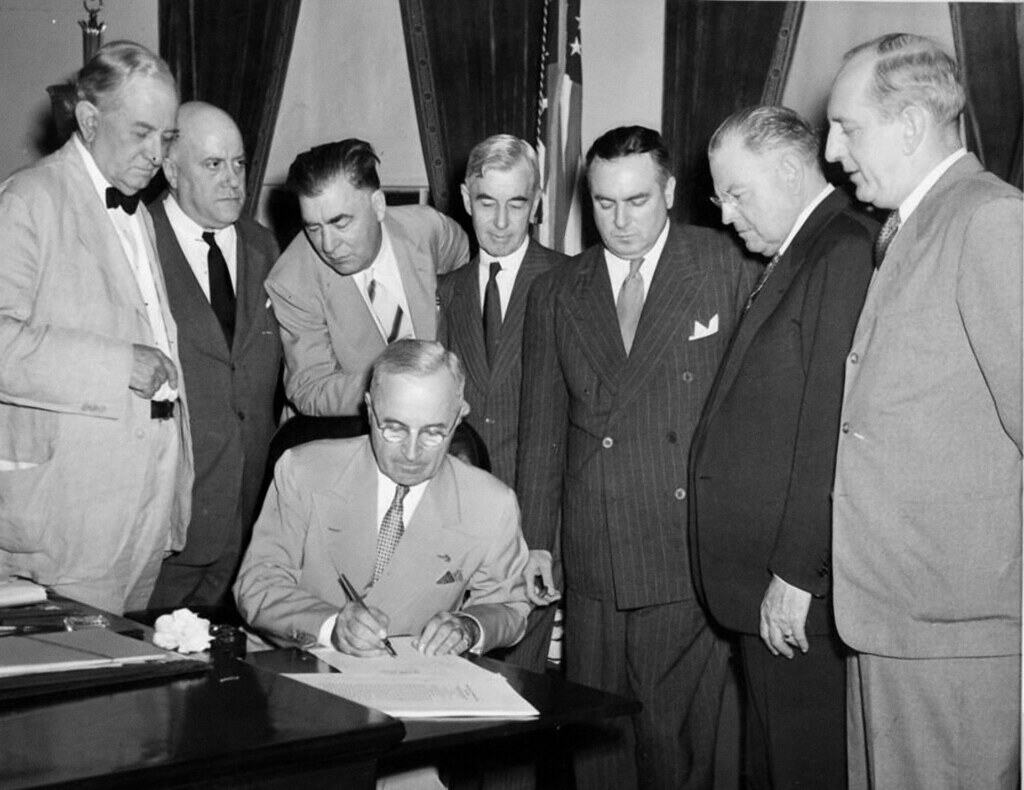

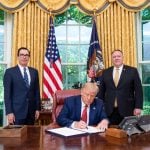

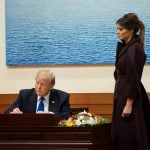
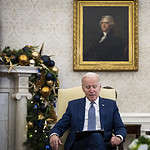


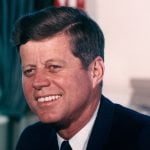
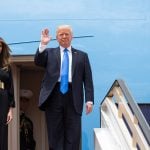
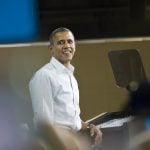
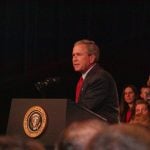
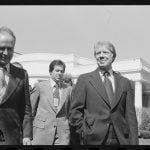

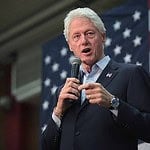

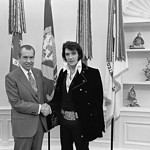
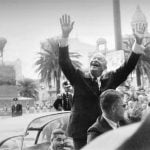


This President Signed the Most Executive Orders, and It's Not Even Close
President Trump has issued an onslaught of executive orders during his first 100 days of his second term.
According to FederalRegister.gov, as of April 2nd, 2025, President Trump has already signed 111 Executive Orders, from EO 14147 to EO 14257, and this number will undoubtedly grow as the year progresses.
While many of Trump’s executive orders have been controversial, to put it mildly, there is no denying that presidents are continuing to use this power to enact campaign promises and circumvent congressional foot-dragging.
But just how aggressive is Trump when it comes to quantity of executive orders issued?
To answer that question, History Computer is taking a look into history to see which Commander in Chief has issued more than any other.
Why Executive Orders Are Both Useful and Controversial
One important distinction around the buzz of executive order is that any such order can only be used to execute powers the office of the presidency already has. In other words, Heritage.org emphasizes that executive orders cannot give the presidency new powers.
The Constitution defines the power of the presidency, and executive orders can’t be used to expand that power. While presidents like to believe that executive powers can help them subvert the Constitution somehow, making them controversial, their use still has limitations.
President Donald Trump (Second Term)
- Total EO count: 111
- Average per year: N/A
President Trump signed a flurry of executive orders in his first 100 days in office of his second term, including withdrawing (again) from the World Health Organization and the Paris Agreement. He also created the Department of Government Efficiency, rolled back policies on artificial intelligence, and, perhaps most controversially, pardoned over 1,500 January 6 rioters.
President Joe Biden
- Total EO count: 162
- Average per year: 32.4
In his first 100 days in office, President Biden signed 60 executive orders, 24 of which targeted Trump’s first-term policies. These included halting the construction of a border wall, reversing the travel ban targeting Muslim countries, and rejoining the Paris Climate Accord. President Biden also targeted TikTok through an executive order, one of his most controversial.
President George H.W. Bush
- Total EO count: 166
- Average per year: 33.2
Among his most important executive orders, George H.W. Bush protected Chinese nationals from deportation following the Tiananmen Square protests and ordered federal agencies to reduce energy consumption in their buildings. Implementing the Clean Water Act and Ocean Dumping Ban also aligned with President Bush’s belief that he was an “environmental president.”
President Gerald R. Ford
- Total EO count: 169
- Average per year: 42.25
One of President Ford’s most important EOs, the Energy Policy and Conservation Act of 1976, addressed the 1970s energy crisis. The act sought to build up oil reserves and focus on energy conservation. Shortly after taking office, President Ford also created an Economic Policy Board to understand all of the economic turmoil Ford inherited after Nixon resigned.
President John F. Kennedy
- Total EO count: 214
- Average per year: 71.33
While his presidency was tragically cut short, President Kennedy established the President’s Committee on Equal Employment Opportunity to prevent discrimination based on race, creed, or color. Kennedy also signed an EO that prohibited similar discrimination in housing, which sought to create fair housing practices.
President Donald Trump (First Term)
- Total EO count: 220
- Average per year: 44
Known as the “Muslim Ban,” this executive order was a centerpiece of President Trump’s first term. It suspended entry into the United States for individuals from predominantly Muslim countries. President Trump also issued multiple orders during the early days of the COVID-19 pandemic to help support the country's economic recovery.
President Barack Obama
- Total EO count: 277
- Average per year: 30.77
Even though the Affordable Care Act became the law, President Obama used executive orders to refine aspects of it. The president also took executive action to protect the rights of LGBTQ+ individuals and instituted DACA, the Deferred Action for Childhood Arrivals, which allowed undocumented immigrants who entered the US as children to become eligible for work permits.
President George W. Bush
- Total EO count: 291
- Average per year: 32.33
One of President Bush’s most notable executive orders was the establishment of the Office of Home Security and the Homeland Security Council, which marked a significant shift in the US response to terrorism. Similarly, the president established the National Counterterrorism Center, which resulted from the 9/11 Commission, furthering Bush’s commitment to the War on Terror.
President Jimmy Carter
- Total EO count: 320
- Average per year: 64
Executive Order 12044, signed by President Carter in 1978, made government regulations less challenging to understand and more cost-effective. A 1980 executive order created Occupational Safety and Health Programs for federal employees, giving federal employees the same protections as the private sector. Lastly, Carter created the National Energy Plan to reduce America’s reliance on foreign oil.
President Lyndon B. Johnson
- Total EO count: 325
- Average per year: 46.4
Arguably, Johnson's most notable executive order created the Warren Commission, which looked into the assassination of President John F. Kennedy. Other executive orders included establishing the Office of Economic Opportunity, which included programs like Head Start, and an executive order to investigate sex discrimination by federal contractors, a giant win for women’s rights.
President Bill Clinton
- Total EO count: 364
- Average per year: 40.44
President Clinton initiated Executive Order 13107, which directed all federal agencies to ensure compliance with international human rights treaties. Another order required the declassification of documents after 25 years unless they posed a significant US security risk. Order 13087 required all federal nondiscrimination policies to now include LGBTQ+ rights.
President Ronald Reagan
- Total EO count: 381
- Average per year: 42.33
1981 President Reagan signed an executive order establishing clear roles and responsibilities for all US intelligence agencies, ending years of infighting. In addition, in 1986, President Reagan’s executive order mandated drug testing for all federal employees in sensitive positions in accordance with the War on Drugs.
President Richard Nixon
- Total EO count: 346
- Average per year: 57.6
In 1969, President Nixon created Equal Employment Opportunity in the federal government, once again prohibiting discrimination based on sex. President Nixon also used an executive order to establish the Environmental Protection Agency to create environmental protections in the US and imposed a freeze on prices, wages, and rent in 1971 to help counter rising inflation.
President Dwight D. Eisenhower
- Total EO count: 484
- Average per year: 53.7
In 1953, President Eisenhower created security requirements for government employment. However, Eisenhower’s most notable executive order may have been in 1957, when he signed an executive order federalising the Arkansas National Guard to assist nine African American students in integrating into a school in Little Rock, Arkansas, under Brown v. Board of Education.
President Harry S. Truman
- Total EO count: 906
- Average per year: 100.66
In 1946, President Truman created the President’s Committee on Civil Rights, which focused on stepping up measures to protect Civil Rights in the United States. The same type of action was signed into executive order in 1948 when Truman sought to desegregate the United States armed forces, a pivotal moment in Civil Rights history.
President Franklin D. Roosevelt
- Total EO count: 2023
- Average per year: 22.77
In the aftermath of Pearl Harbor, President Roosevelt signed an executive order allowing the Secretary of War to create “military zones” in the United States. This action led to the internment of approximately 120,000 Japanese-Americans in the country. Before this, in 1935, Roosevelt signed his most important EO creating the Works Progress Administration as part of the New Deal, which led to the employment of millions and helped bring the country out of the recession.
